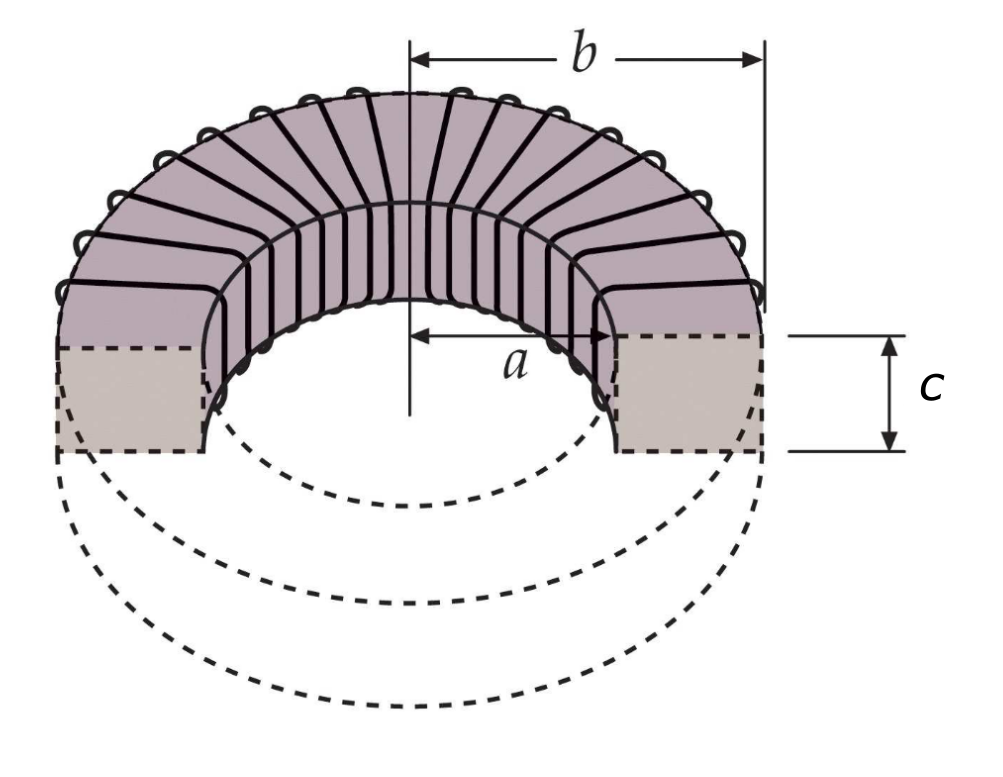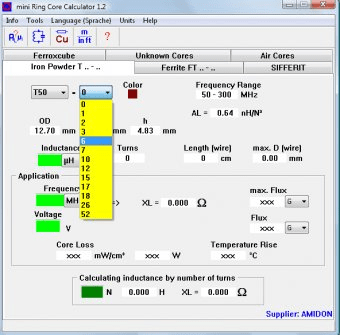

Frequency graph from the core datasheet is fairly flat. I think your primary concern is going to be switching frequency, so just make sure the Permeability Vs. In this instance, you may do 50 turns for 4.4mH so that when you get to full DC bias you are still above the 2.2mH goal.Īt a maximum of 2A, DC Bias probably won't affect you much, but it is something to look out for. Others will fall off like a rock! You may have 2.2mH with 23 turns at first, but when you lose 20-30% of that perm (look at the graphs, some cores can lose over 50-60%!) you will not have enough inductance. Some materials have an excellent DC bias and you can put tons of amps through them and only lose ~20% of your initial perm. If you're using a company such as Mag Inc, Ferrox, TDK EPCOS or the like, they will have plenty of graphs showing you these property curves. Switching frequency, DC bias, and even temperature affect the permeability of a core. Material W is a high permeability material used for frequency attenuation from 100 KHz to 1 MHz in EMI/RFI filters.As Tim said, everything matters! There are even a few points that the other two answers have missed.

Material K is used primarily in transmission line transformers and baluns from 1 MHz to 50 MHz. Excellent frequency attenuation from 0.5 MHz to 20 MHz. Used for pulse transformers and low level wideband transformers. Material J has low volume resistivity and low core loss from 1 KHz to 1 MHz. Good noise suppression from 0.5 to 20 MHz. Material F has high saturation flux density at high temperature. Material 77 is used as ferrite toroid coil forms for transformers, inductors and RFI suppression. Material 75 is used for excellent attenuation from 0.5 MHz to 20 MHz Material 68 is non-standard and only in stock on a few sizes. Material 67 is for high Q inductors up to 50 MHz. Material 61 is designed for inductive applications up to 25 MHz and also suppresses noise frequencies from 200 MHz to 1000 MHz

Material 52 which is made of a new NiZn Ferrite material, combines a high saturation flux density and a high Curie temperature. Material 43 is used for EMI/RFI suppression in the 20 MHz to 250 MHz range.

One can use the Amidon iron powder toroids calculator.


 0 kommentar(er)
0 kommentar(er)
